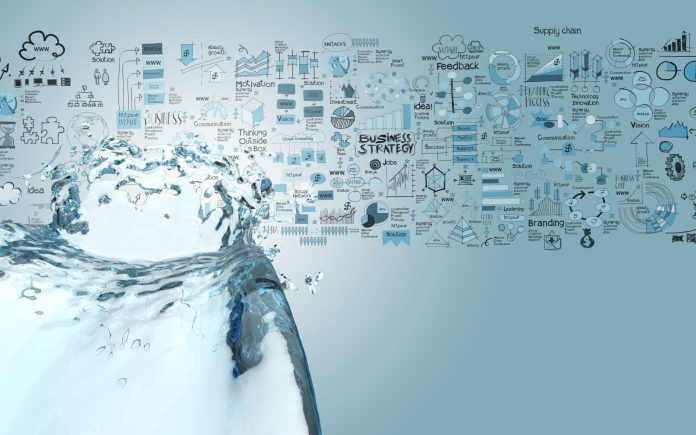Low-power wide-area (LPWA) IoT technologies like LoRaWAN are proving their worth as connectivity technologies for smart water preservation and management during periods of change and crisis, including in the current COVID-19 crisis.
Smart connectivity networks are enabling improved management of water and other utilities during lockdown, as residential demand rises. This is the view of US-based Senet, which has a vested interest in promoting LoRaWAN, and claims to have designed and built a “significant” number of smart meter networks for municipal water utility districts across North America over the past two years.
Drawing attention to its own work in the space, Senet said it has designed LoRaWAN networks for water metering and advanced metering infrastructure (AMI) for utilities to better manage water supply to millions of US households.
It said demand for water has increased due to rising urbanisation, population, and climate change, and has been exacerbated by the the “need for employee and community safety” during the COVID-19 pandemic.
“Governments and municipalities are developing strategic water management frameworks and comprehensive strategies for long-term water resource management and operational safety,” it said in a statement.
“These dynamics and resulting policy initiatives are driving water utilities to modernise ageing water and wastewater infrastructure to reduce water losses and deliver enhanced water metering and management services.”
The company, with its own sales offer in mind, said LoRaWAN offers the right profile in terms of range, power, simplicity, and price for the low-power and low-bandwidth requirements of water metering and monitoring applications.
It made comparison with LTE and 5G cellular technologies, directly, as well as with the cellular industry’s LPWA equivalent NB-IoT, citing 10-to-15 year lifespans, compared with three-to-five year spans.
Bruce Chatterley, chief executive at Senet, said: “Through a combination of advanced metering technology and cloud-based network management solutions, utilities can focus on their core business and recognise the full value of AMI without the operational burden of building and maintaining the system infrastructure.”
Senet is pushing LoRaWAN for environmental monitoring, street lights, parking, and trash collection, as well. The company has issued a paper on the suitability of LoRaWAN for water utilities.

